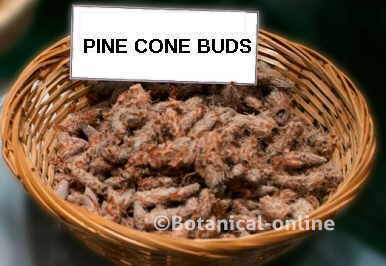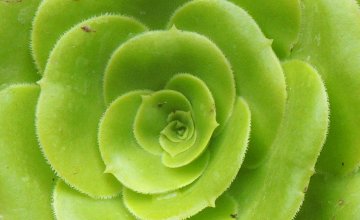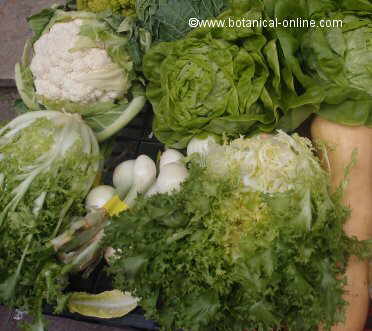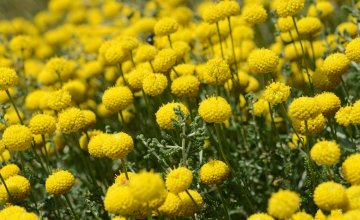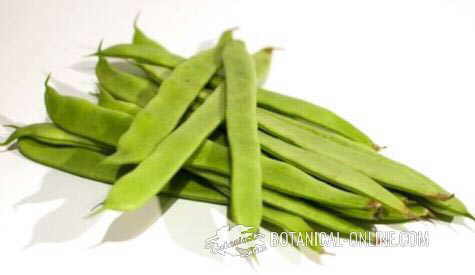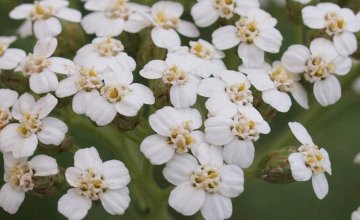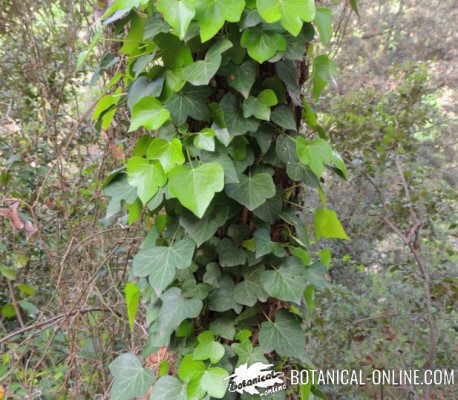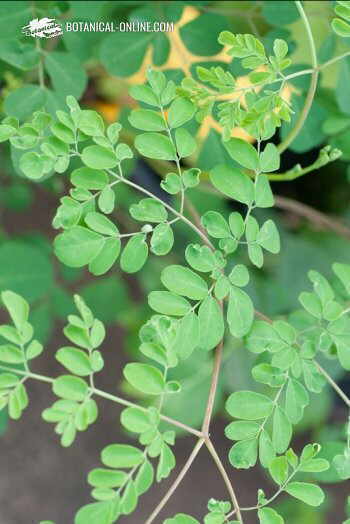Contents
- 1 Pine needle and pine buds tea benefits
- 2 MEDICINAL PROPERTIES OF PINE
- 2.1 NATURAL REMEDIES WITH SCOTS PINE
- 2.2 Scots pine for chest diseases
- 2.3 Pine needle and buds remedies for respiratory diseases
- 2.4 Scots pine, a plant to remedy urinary and metabolic diseases
- 2.5 Scots pine remedies against pain
- 2.6 OTHER APPLICATIONS OF SCOTS PINE
- 2.7 Pine industrial uses
- 2.8 Collection and preservation of pine leaves and pine resin
- 2.9 Is pine safe? Dangers of using pine
- 2.10 Other species of pines with similar medicinal properties to Pinus sylvestris
Pine needle and pine buds tea benefits
TRADITIONAL USES OF SCOTS PINE
Since the beginning, man has used the bark and roots of pine trees for different purposes. For example, the inner bark of Scots pine must have been used as food, as evidenced by the existence of bread made in Northern Europe with this material. The Finnish bread or “pettu” has traditionally been elaborated in a customary manner in times of little food available.
The Scots pine was used by the Romans for its medicinal properties as it appears in numerous descriptions of Dioscorides.
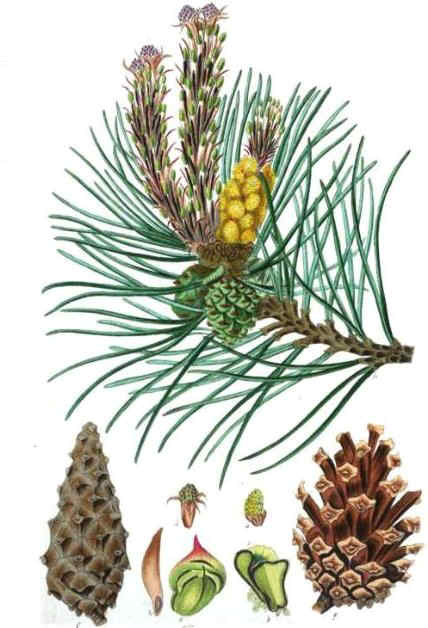
Drawing of Scots pine
Scots pine components
– Acids: Ascorbic (leaves) abietic (resin, sap), butyric caffeic, capric, caproic, chlorogenic (leaves) ferulic, protocatechuic (bark) abietic, pimaric (rosin)
– Tannins (Bark)
– Terpenes: alpha-pinene, beta-pinene, borneol (leaves, essential oil and resin) alpha-phellandrene, beta-myrcene (leaves) alpha-terpinene (root) camphene, D-myrcene, limonene (Resin, sap) D- limonene, sabinene (leaves) P-cymene (essential oil, resin) dipentene (resin)
– Terpenoids: Camphor (Essential oil from the leaves)
– Aromatic components: estragole, anethole, (essential oil, resin)
– Carotene (leaves)
– Carbohydrates: Pinitol: (leaves, bark) fructose, glucose, sucrose (bark) maltose (Plant)
– Escoparol: (leaves)
– Pinocarveol (Essential oil from the leaves)
– Flavonoids: Lutein (leaves), quercetin (bark)
MEDICINAL PROPERTIES OF PINE
NATURAL REMEDIES WITH SCOTS PINE
Scots pine for chest diseases
In herbalists you can find pine buds for tea. |
Pine helps reduce bronchial spasms, while exerting anti-infective and astringent function.
Pine contains about 40 antibacterial principles and an extremely large amount of tannins, so that preparations from this tree help eliminate microorganisms and decrease mucus from the respiratory channels.
One of the most important components of this plant is the essence of pine, which can be manufactured in all parts of the plant. Its antiseptic, mucolytic and expectorant properties have been used in numerous respiratory diseases.
It should be added that this plant is a good antipyretic, that is to say, it is able to reduce fever that accompanies many diseases of the chest.
Pine needle and buds remedies for respiratory diseases
Among the many applications, we include the following:
– Bronchitis: The antibronchitic, antibacterial and sedative capabilities of cineol and borneol are exploited for bronchial inflammation to slow the growth of microorganisms that cause bronchitis. At the same time, the mucolytic properties of ascorbic acid are able to dissolve excess mucus.
This plant has more than ten expectorants components, so it is useful to expel mucus (Infusion for 30 minutes of three spoonfuls of dried buds per liter of water. Take three cups a day with a little honey) (Inhale the vapors steaming from hot water in which a few drops of essential oil of pine needles have been dissolved. Available in pharmacies and health food stores)
– Cough: The cineol, borneol and protocatechuic acid provide you with antitussive properties suitable for calming coughs related to many diseases of the respiratory system.
For its wealth in expectorant components, it is particularly suitable in cases of productive cough is one that requires sputum (Infusion of half a teaspoon of dried buds per cup of water. Take one tablespoon of this preparation every two or three hours)
– Cold: It helps fight colds, reduces the symptoms of the disease, diminishing inflammation, decreasing cough, helping to eliminate excess mucus, smoothing the throat, etc. (Infusion for 30 minutes of three spoonfuls of dried buds per liter of water. Take three cups a day with a little honey)
– Pharyngitis: It soothes the throat and helps eliminate germs that cause inflammation. (Gargling with hot water in which a few drops of essential oil of pine needles have been dissolved)
– Sinusitis: Inhalations from hot water in which a few drops of essential oil of pine needles have been dissolved are useful for swollen sinuses.
Scots pine, a plant to remedy urinary and metabolic diseases
Caffeic acid, chlorogenic acid and ascorbic acid confer it diuretic properties able to increase urine output. This property, combined with its anti-inflammatory and antibacterial properties can be used to treat urinary tract diseases and other abnormalities by means of fluid removal For example, it is advisable if:
– Oliguria: Oliguria is characterized by insufficient production of urine, which may result from a problem with fluid retention, dehydration problem or kidney problem. Diuretic ability of Scots pine is suitable when you want to increase the production of urine. (Decoction for a couple of minutes 4 tablespoons of pine cone buds per liter of water. Filter the preparation after it has been left to stand for half an hour. Drink 2 cups a day, sweetened with honey.)
– Cystitis: In inflammations of the urinary bladder the use of this plant will help reduce inflammation and eliminate the bacteria causing it. (Decoction for a couple of minutes of 4 tablespoons of pine cone buds per liter of water. Filter the preparation after it has been left to stand for half an hour. Drink 4 cups a day, sweetened with honey.)
– Pyelitis: The above treatment is appropriate in cases of inflammation of the renal pelvis.
– Gout: The diuretic capacity of this plant can be very suitable in the treatment of gout. (Decoction for 10 minutes of 5 tablespoons of dried leaves per liter of water. Allow to cool and drink 3 cups a day.)
– Gallstones: The above treatment is beneficial in the prevention or amelioration of gallstones. (Decoction for 10 minutes of 5 tablespoons of dried leaves per liter of water. Allow to cool and drink 3 cups a day.)
Scots pine remedies against pain
If case of pain from rheumatic joint problems or due to some accident, using external preparations of scots pine leaves help reduce inflammation and diminish pain. For the treatment of pain we can use decoctions of pine cones or pine needles, and the essential oil of pine needles.
– Rheumatism: To reduce the joint pain you can use some remedies for internal use as a decoction with two teaspoons of dried leaves and buds per liter of water for 5 minutes. Drink 3 or 4 cups a day)
In external use, we can use one of the following remedies: (Mix in hot bath water a couple of liters of the decoction for 20 minutes of three tablespoons per liter of water) (Rub the painful area with a few drops of essential oil pine needle dissolved in water)
– Hematomas: In case of pain caused by trauma, you can make local applications. (Apply a compress on the affected area soaked with the liquid from the decoction for 20 minutes of three tablespoons per liter of water) (Rub the painful area with a few drops of essential oil of pine needles dissolved in water)
OTHER APPLICATIONS OF SCOTS PINE
Pine industrial uses
A) oleoresins: An oleoresin, called turpentine, is obtained from pines and other conifers, being Scots the ordinary pine where turpentine is obtained from. From distillation in water or water vapor, other products are produced, such as:
– Essential oil of turpentine which is primarily employed in the paint industry as a solvent.
– Rosin, colophony or Greek pitch: This product is the solid residue dissolved in the essential oil of turpentine that remains free after distillation. It is brown or pale yellow, though it can be even transparent.
Rosin has many applications in pharmacy and industry in general:Chewing gum, part of the composition of tires, varnishes, paints, adhesives, soaps, chalk for rock climbing, insulating electrical circuits, cream for violin strings, etc.
– Galipot: Galipot is a type of resin obtained by spontaneous evaporation of the essential oil of turpentine hardened on the bark of trees.
B) pine tar and charcoal: Pitch pine is obtained by dry distillation of wood stumps and roots of pine. This timber is subjected to heat and pressure, thereby charcoal and tar occurs. The pitch is mainly used as insulation
Collection and preservation of pine leaves and pine resin
The leaves are harvested from spring to autumn. Buds in the early spring and the resin throughout the year.
Pine leaves must be dried in the sun.
Pine buds are also dried in the sun and the resin must be obtained practicing a cut on the tree trunk and picking it up when dry.
All these products, once dry, will be stored in tightly sealed containers in a cool, dry place.
Is pine safe? Dangers of using pine
Although there are not described contraindications for the use of leaves or pine bark, this tree, like most of the pines, contains many tannins in these parts. In sensitive individuals or very frequent use of preparations with leaves or pine bark may cause problems in the digestive system. (See toxicity of tannins)
More information on pine Contraindications in the listing below
Other species of pines with similar medicinal properties to Pinus sylvestris
In addition to Scots pine, there are other pine species with similar properties. Among all. we will mention the following:
– Aleppo pine (Pinus halepensis)
– Stone pine (Pinus pinea)
– Maritime pine (Pinus pinaster)
– Black pine (Pinus uncinata)
![]() More information on pine tree.
More information on pine tree.

